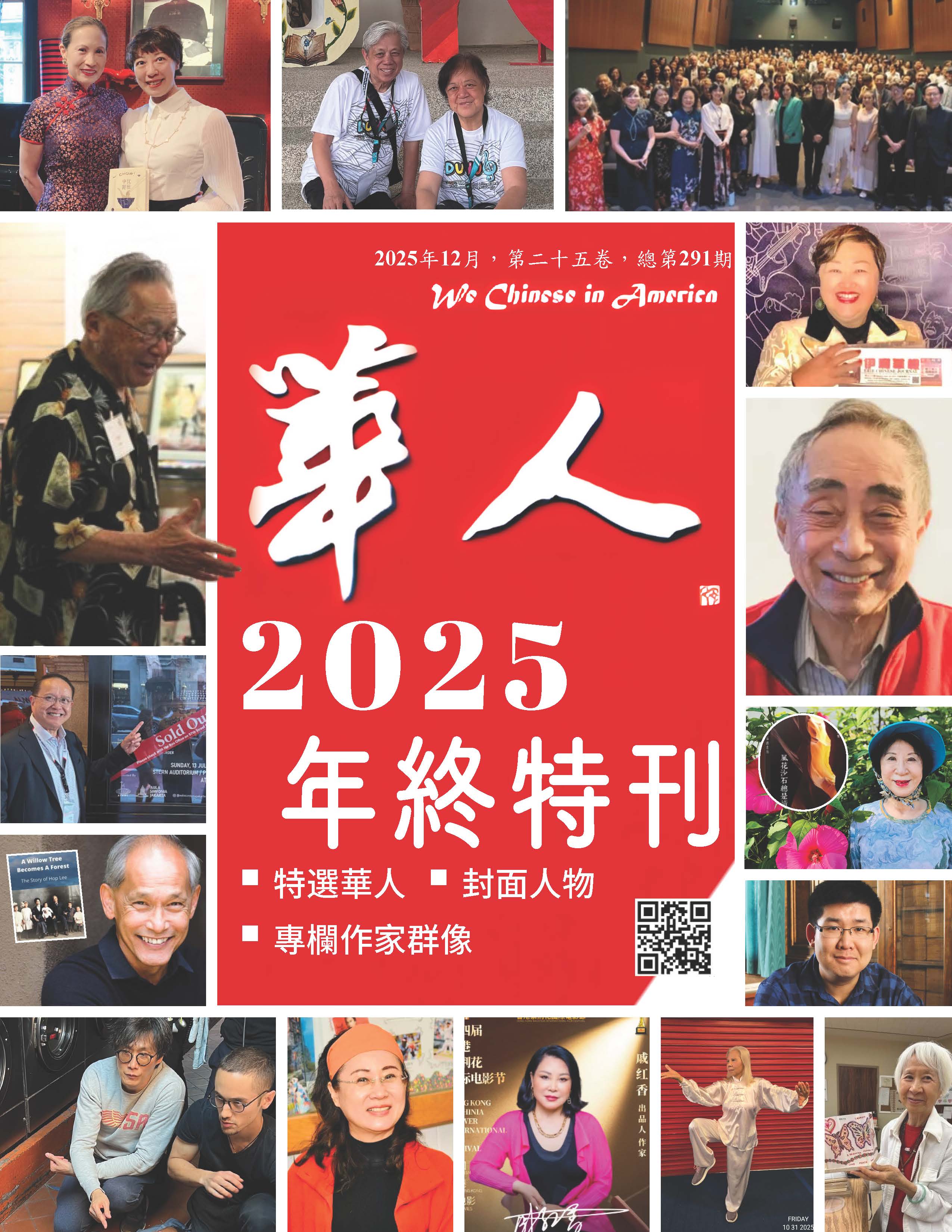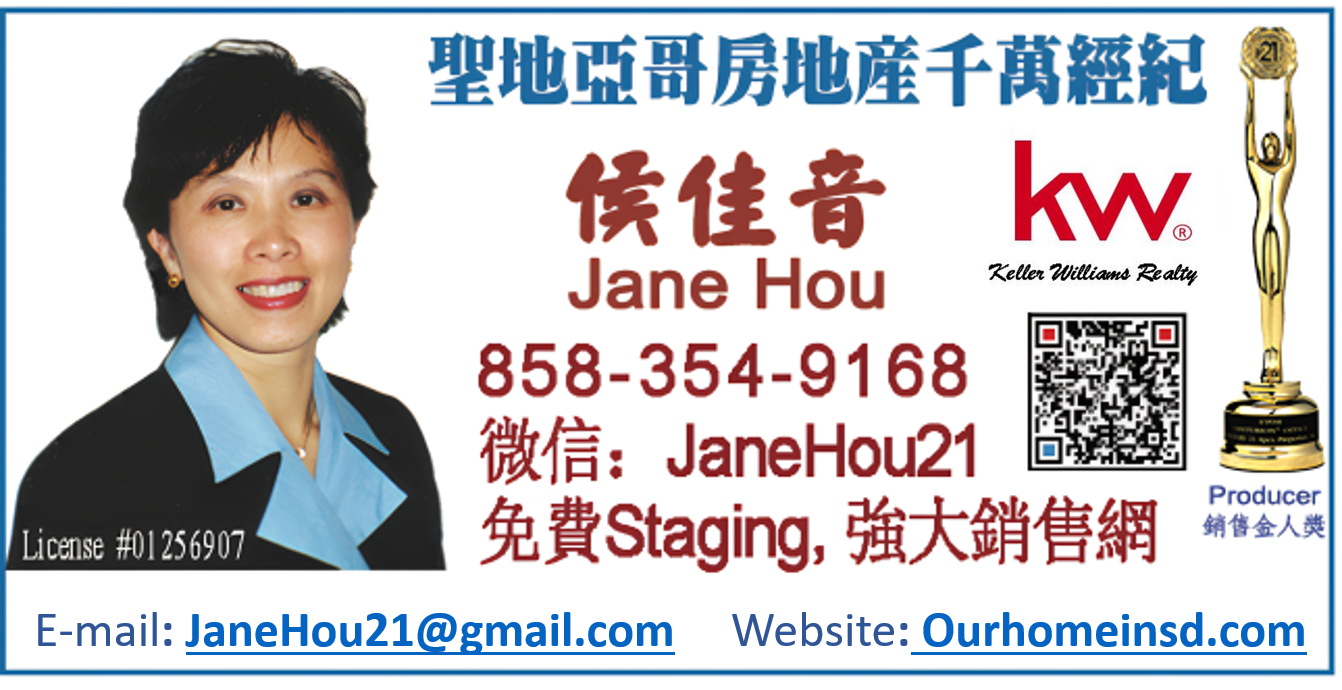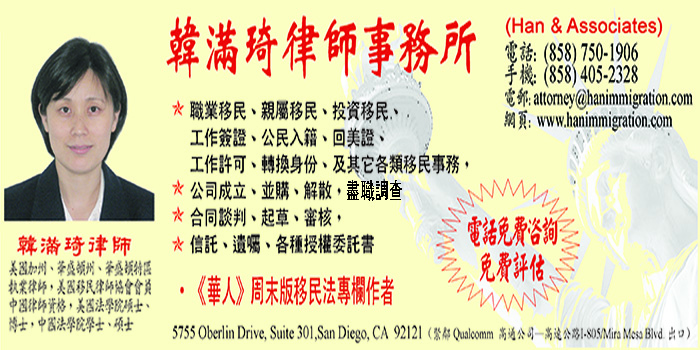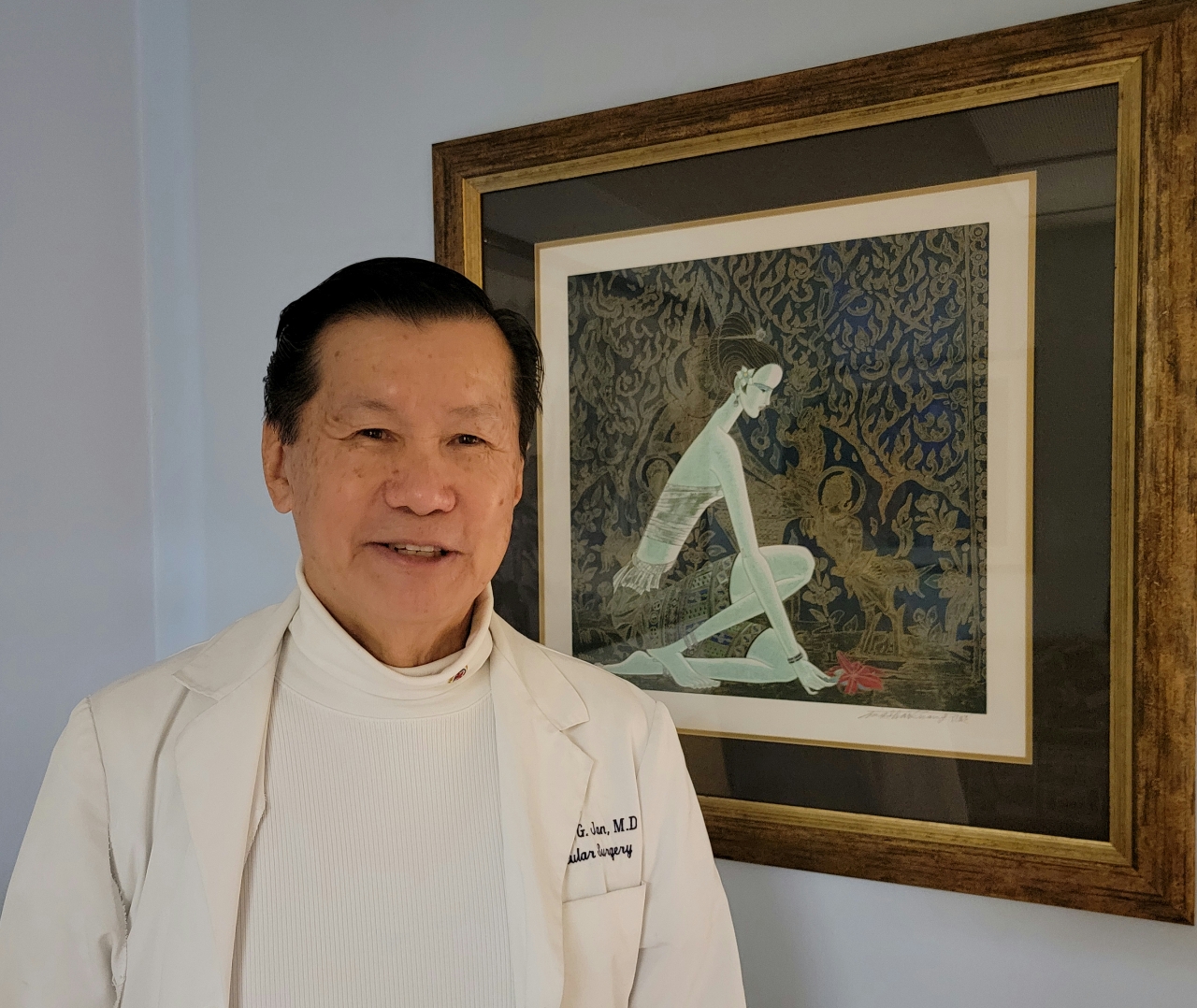
Paul Hom Asian Clinic & Dr. Ronald Jan
Interview with Dr. Ronald Jan, Medical Director of Paul Hom Asian Clinic in Sacramento, California
2021 marks the 50th Anniversary of the founding of the Paul Hom Asian Clinic. In 1971 a medical student, Paul Hom led a group of medical students and undergraduates to form the Asian free clinic under the guidance of Dr. Lindy Kumagai at the University of California at Davis School of Medicine. And for 50 years the Paul Hom Asian (Free) Clinic has believed that all people deserve access to good medical care saying, “Heaven and Earth should serve mankind.” (Sun Yat Sen).
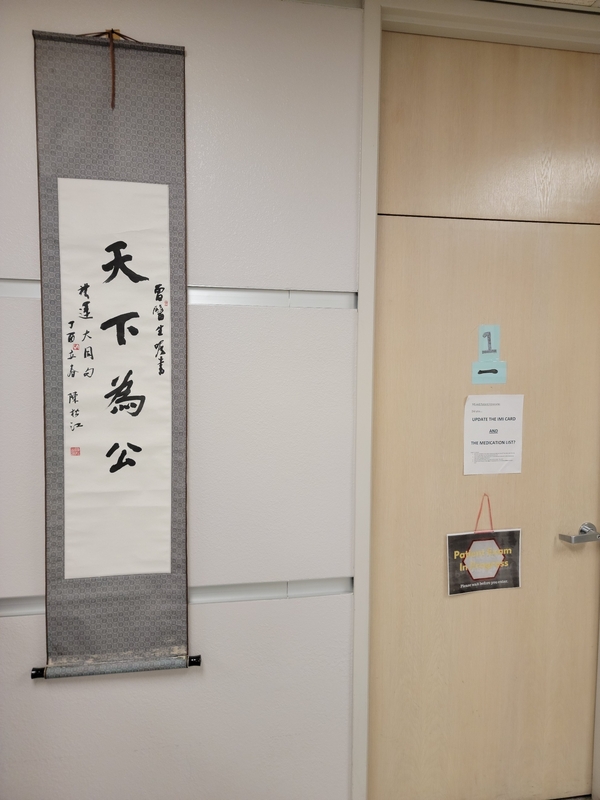
Part I: Paul Hom Asian Clinic
Reporter: Please provide the background and history of Paul Hom Asian Clinic. Is there any other such kind of clinic in California?
Dr. Jan: In 1971 Paul Hom, a 1st year medical student at the University of California at Davis School of Medicine, realized that many Asians in the U.S.A. could not gain access to good medical care. Recall that the U.S.A. was in the middle of the Vietnam War and that 1971 marked the height of the Civil Rights Movement when the feeling was that all people deserve access to good health care. With 6 other medical students and undergraduates from Sacramento State College (as it was known then) Paul Hom formed an Asian free clinic under the guidance of a medical director, Dr. Lindy Kumagai (Chairman and Founder of the Endocrinology Department at U.C. Davis School of Medicine). The Underserved Asians at the time were largely Cantonese-speaking Chinese
Since then, the Paul Hom Asian (Free) Clinic has evolved to the point where approximately 20% of the patients are non-Asians and of the Asians seen at the Clinic approximately half are Chinese, one-fourth are Vietnamese and the remainder speak Hmong, Korean or Mongolian.
Paul died at the age of 59 from pulmonary complications of lupus and while he was dying in the intensive care unit at Mercy General Hospital, he turned to Dr. Lindy Kumagai, …” Lindy, do we have enough flu vaccine for the Clinic?” Then he died. And so, it was fitting that we named the clinic after its dedicated founder, Dr. Paul Hom.
Reporter: What kind services does Paul Hom Clinic provide?
Dr. Jan: In addition to general medicine (with a great emphasis on Diabetes and Hepatitis) the Clinic features specialty services—Musculoskeletal (PM & R), Psychiatry, Dermatology, Gynecology, Cancer Screening, Hepatitis (especially, Hep. B and Hep C), Cardio-Pulmonary, Vascular and Ophthalmology.
Undergraduate students serve as medical assistants and translators for Mandarin, Cantonese, Vietnamese, Hmong, Korean and Mongolian-speaking patients. Medical Students serving the patients learn medicine but equally important is the learning of the joy of serving and of giving back to the community one patient at a time. And that despite the ever-advancing technology there is still the need for the human touch.
As far as I know there are no other Asian Free Clinics in California or even the U.S.A. that is run principally by students.
Reporter: When did you join Paul Hom Clinic and when did you became the Director at the Clinic? What changes and improvements have you made?
Dr. Jan: I was born in the United States and grew up in Sacramento. My father (曾纪谦) was born in Jiujiang Town in Nam Hoi region of Guangdong Province and my mother (陈顺蓉) was born in the U.S.A., but her parents were from Heungshan (now called,” Zhongshan” acknowledging the birthplace of Sun Yat Sen). I was born in the U.S.A. I was taught to be very proud of my Chinese heritage, but I never learned Chinese and when I tried to speak Cantonese, people laughed at me…so, I spoke English and gave up on trying to speak Cantonese.
I learned of the Paul Hom Asian (Free) Clinic [PHAC] while yet a surgical resident at U.C. Irvine School of Medicine. Then upon returning to begin my practice in Vascular Surgery I began volunteering at PHAC because it was one way for me to participate in the Chinese community and to give back.
As far as I can remember I began as Medical Director in 2005 (approx.)
The changes and innovations since 2005 include:
1. Increase in the total number of patients seen each Saturday with expansion to serving more Vietnamese, Hmong, Korean and Mongolian along with the Chinese patients (half speaking Mandarin and half speaking Cantonese) ...as well as 20% non-Asians.
2. Expansion of Specialty services.... Musculo-Skeletal (Physical Medicine and Rehabilitation), Dermatology, Psychiatry, Pharmaceutical Consultation, Ophthalmology, Cardio-Pulmonary, Hepatology, Cancer Screening, Gynecology, Memory Clinic, Diabetes / Nutrition Creation of Annual Health Fair.
3. Fundraising event: "Taste of Asia, a Wine and Asian Food Pairing" which helps to raise needed funds as well as reach out to the community at large beyond the Asian community.
4. Creation of a Patient Assistance Program to assist patients in obtaining expensive branded medication from the pharmaceutical companies.
5. Introduction of Electronic Medical Records along with Charts (paper),
6. Covered California Committee to help patients enroll into some form of health insurance...most commonly MediCal (with the expanded eligibility defined by the Affordable Care Act). Some of the undergraduates are Certified Enrollment Agents for MediCal.
Reporter: What is the organization of the Clinic? How many volunteers does the clinic have, who are they and where are they from?
Dr. Jan: Approximately, 30 M.D.’s (3 to 6 per Saturday) from Private Practice in the community, from the University of California at Davis School of Medicine, some M.D.’s from the Chinese American Medical Association of California [CAMAC]: Every patient is seen by a licensed M.D. –usually after being seen first by a medical student or FNP / PA student.
4 R.N.’s (2 per Saturday) from the University of California at Davis Medical Center Phlebotomy: Each R.N. draws blood for laboratory testing.
15 Medical Students (6 per Saturday) from the University of California at Davis School of Medicine: Each medical student sees patients, reviews with M.D.’s, and heads up committees on medical specialties
10 FNP / PA Students (2 to 3 per Saturday) from the University of California at Davis School of Nursing: Each FNP/PA student sees patients. reviews with M.D.’s, and heads up committees on medical specialties
80 Undergraduate Students (35 per Saturday) from the University of California at Davis and California State University at Sacramento: Each student serves as a Patient Advocate functioning as Medical Assistants, Medical Translators, Medical Educators for patients who need additional laboratory studies, imaging studies or referral to medical specialists. The students also run the very active Patient Assistance Program to obtain branded medication for patients who cannot afford medication.
3 Nutrition students (1 per Saturday) from the University of California at Davis: Each student counsels patients about dietary needs for different conditions.
15 Board of Directors for PHAC (Paul Hom Asian Clinic), a 501 © 3 Corporation (non-profit) include
Community members (2)
R.N. (1)
M.D.’s (7)
Medical Students (3)
Undergraduate Patient Advocates (2)
The Board of Directors deals with interactions between PHAC and the University, between PHAC and the public and between PHAC and media; approves and recommends when needed policy changes in PHAC
Reporter: What kind of training is provided to the student volunteers?
Dr. Jan: Undergraduate Patient Advocates (called, “P.A.’s”) are trained by the undergraduate leaders who recruit, screen and select (on average 5 applicants for every position)….then, educate in the skills of medical assistance (taking vital signs, interacting with patients, etc.) and in medical terminology in Cantonese, Mandarin, Vietnamese, Hmong, Korean and when available, Mongolian) as well as in educating the undergraduates in how to translate terms not traditionally used (subjects that may be taboo for example, “death and dying,” “psychological or psychiatric concerns” or “sexual habits or sexual preferences.”) Although never discussed with family or even close friends occasionally, these subjects need to be mentioned.
Medical Students and FNP / PA Students are trained by M.D.’s as they learn medicine (application of basic science, principles of medicine and style of presentation of cases to M.D.’s), the joy of interacting with patients, cultural sensitivity, and the value of giving back to the community.
To the community of undergraduate students at U.C. Davis and students at CSUS the PHAC has been known as an organized very active free clinic with a large number of students successfully pursuing careers in health care. There are 5 applicants for each position as undergraduate volunteers at PHAC.
However, to really answer the question of the impact of the Paul Hom Asian (Free) Clinic upon the community it would be difficult to know without knowing the health statistics in the Asian population in Sacramento over the past 50 years, the percentage of the Asian community served by the Paul Hom Asian (Free) Clinic and the conditions of each of the patients. I can say that over the past 50 years over 12,000 patients have been seen at the Paul Hom Asian (Free) Clinic. The following is an excerpted letter of gratitude from one of our patients who wishes to remain anonymous (name known only to us at the Paul Hom Asian (Free) Clinic):
“Dear Dr. Jan, Preceptors and Students, Hello!
I am a special cardiopulmonary patient. I would not be here today without the care I received from Dr. Jan, nor will I have the chance to talk to all of you and thank you for your care from the bottom of my heart.
. ... I don’t feel chest pains anymore, and all my further EKG’s were normal... (giving to) me a second life.
Thank you all!”
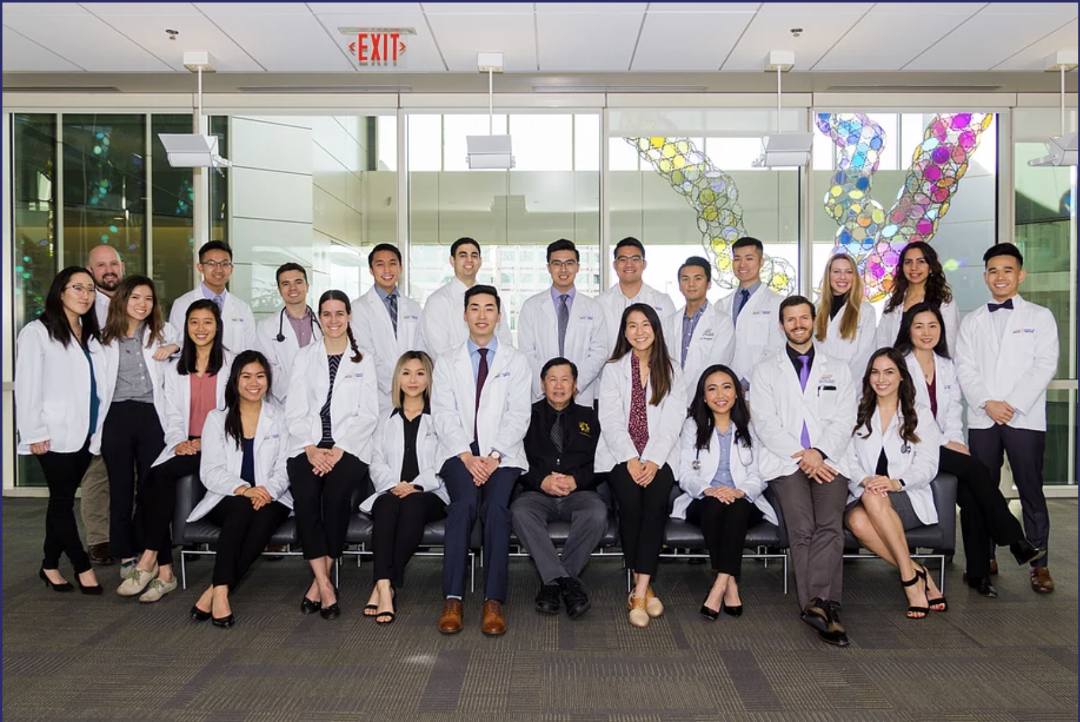
Part II: Dr. Ronald Jan
Reporter: Professionally, who is your role model and why?
Dr, Jan: I have several role models each of whom have given to me much wisdom and have influenced my outlook and attitude…
1. Dr. Rolland Lowe (cousin on my mother’s side) and Philip Choy (cousin on my father’s side), both of whom epitomized serving the Chinese community.
2. Dr. F. William Blaisdell, Chief of Surgery at U.C. Davis & formally of San Francisco General Hospital, was dedicated to teaching and to serving each patient and to accept ownership of responsibility.
3. Dr. Robert Bartlett, a brilliant and superb teacher, inventor of the incentive spirometer and pioneer in ECMO (the artificial heart / lung machine) exemplified eternal optimism & hope.
4. Dr. Paul Hom was founder of the Asian Free Clinic was dedicated and exemplified selflessness.
5. Dr. Lindy Kumagai the original medical director of the Asian Free Clinic represented a quiet strength dedicated to serve the underserved Asian community with humility & wisdom.
All these people demonstrated brilliance, dedication, courage, and a strong sense to serve mankind yet with humility
Reporter: What is your favorite motto and why?
Dr. Jan: I have two favorite mottos:
1. “When you help someone, you must help them all the way…When you seek Buddha, you must go all the way to the West.”
Because it was taught to me by my mother –the kindest and most gentle soul that I have known—giving without expectation of receiving any recognition.
2. “When you go to the well to drink the water, remember who dug the well.”
Because it was taught to me and exemplified by both of my cousins to be mindful of the many blessings given to me by those before me (and that I should give back to the community)
Reporter: With your 7-day busy working schedule, do you have any free time? How do you spend your free time? Any hobbies?
Dr. Jan: I am very lucky because many of the things that I enjoy can be experienced even when time is limited. When time permitting is longer, I enjoy dining with friends, tasting wine with friends and going to concerts. I also enjoy tasting wines and pairing with a variety of foods—most recently pairing wines with Asian foods.
If time and circumstances permit, I enjoy studying Ancient Chinese History and Chinese Art and going to the Asian Art Museum in San Francisco。
Past experiences in sports (track, cross country, and judo) and in music (piano, trombone, and chorus) have given me an appreciation and greater enjoyment of sports and the arts.
Having studied Piano for 7 years and trombone for 5 years and chorus (1 year in college + 14 years with the Sacramento Symphony) I have a fondness for music. But as you can surmise, my skills are very limited. Still, the experiences have given to me a greater appreciation for music. Music also teaches us the value of teamwork (and what it means to be a team player) and that the whole is often greater than the sum of its parts. Furthermore, music also teaches us that sometimes one needs to take the lead and at other times one must be in a supportive role. There are many values in life that music can teach us.
Reporter: My understanding is that you are very knowledgeable about wine tasting. Please tell me what kind wine you are most interested in tasting? Please talk about your wine tasting experience. I also understand that you are interested in pairing wines with food. Please help us understand the term “pairing” and your interest in “pairing”.
Dr. Jan: First, let me say that I am not an expert in the field of wines…I am a student (a student who is very serious about understanding wines but still a student). I ask two principle questions about a wine…
1. Do I like the wine?
2. How well do I think the wine represents the grape, the region (“terroire”), the year (vintage) and the intended style?
But of course, these questions can be asked of just about any art form…Do I like the work of art? And how well do I think that this work of art represents the artist, the region of the world and the year in which the art was created?
I do like many different wines…and I select the wine to match the food, the mood, and the company. And I ask, “What does each wine brig to the occasion?” (Just as one might ask, “What does each instrument bring to the symphony?”)
Reporter: You were born and grew up in the USA, why are you interested in Chinese history, art, and culture? Specifically, what is the part/area of Chinese history, art, and culture that interests you the most and why?
Dr. Jan: Although I was president of the Chinese Students Club at U.C. Berkeley, it was pointed out to me that I looked Chinese but that I did not read Chinese, did not write Chinese, could not speak Chinese, nor understand Chinese when it was spoken. In fact, there was nothing about me that was Chinese.
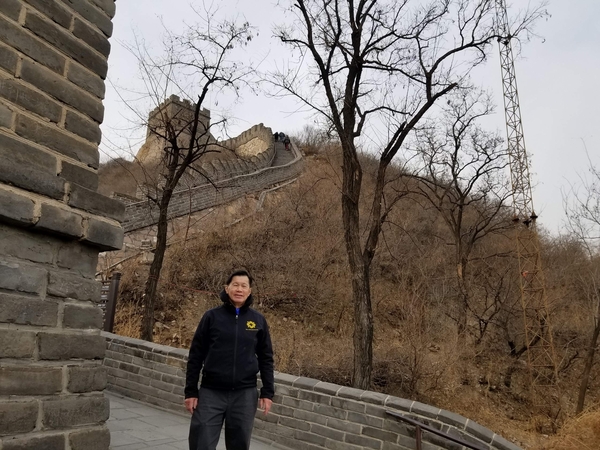
After I picked up my self-esteem off the floor, I realized that he was right. But I could not take the time to study China—the language, the history, the art, and the culture. I needed to study. However, I never forgot that void in my life. As an adult having completed my studies and beginning my career, I sought to fill that void by studying what I could find written in English about the History of China and the arts of China.




